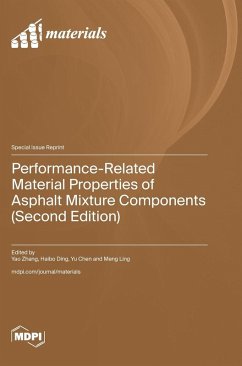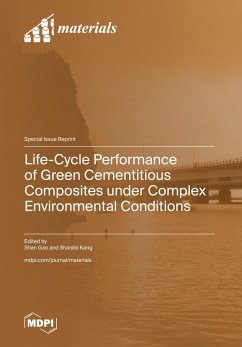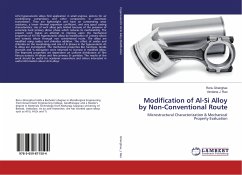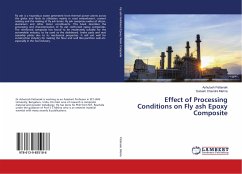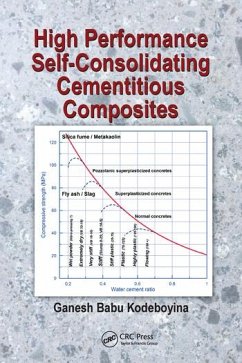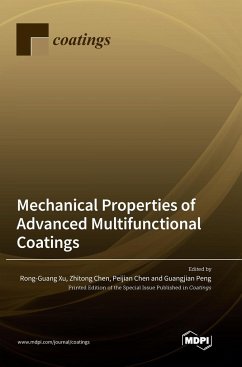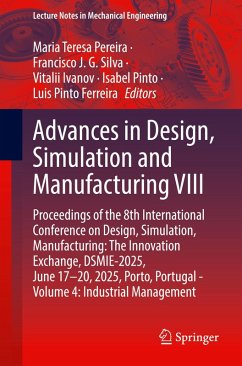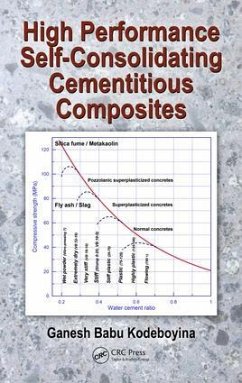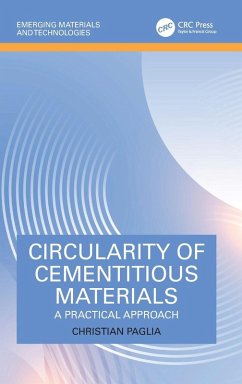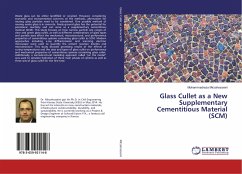
Glass Cullet as a New Supplementary Cementitious Material (SCM)
Versandkostenfrei!
Versandfertig in 6-10 Tagen
37,99 €
inkl. MwSt.

PAYBACK Punkte
19 °P sammeln!
Waste glass can be either landfilled or recycled. However, considering economic and environmental concerns of the methods, alternatives for reusing glass particles need to be considered. One possible method of reusing waste glass is in concrete. Finely ground glass has the potential for pozzolanic reactivity and can serve as a supplementary cementitious material (SCM). This study focuses on how narrow particle size ranges of clear and green glass cullet, as well as different combinations of glass types and particle sizes affect the mechanical, microstructural, and performance properties of cem...
Waste glass can be either landfilled or recycled. However, considering economic and environmental concerns of the methods, alternatives for reusing glass particles need to be considered. One possible method of reusing waste glass is in concrete. Finely ground glass has the potential for pozzolanic reactivity and can serve as a supplementary cementitious material (SCM). This study focuses on how narrow particle size ranges of clear and green glass cullet, as well as different combinations of glass types and particle sizes affect the mechanical, microstructural, and performance properties of cementitious systems containing glass cullet as SCM. Modern approaches including x-ray diffractometer and scanning electron microscope were used to quantify the cement reaction kinetics and microstructure. This study showed promising results of the effects of curing temperatures and the sizes and types of glass cullet on performance and mechanical properties of cementitious systems containing glass cullet. Additionally, a microstructural modeling approach called "µic the model" was used to simulate hydration of three main phases of cement as well as three sets of glass cullet for the first time.



